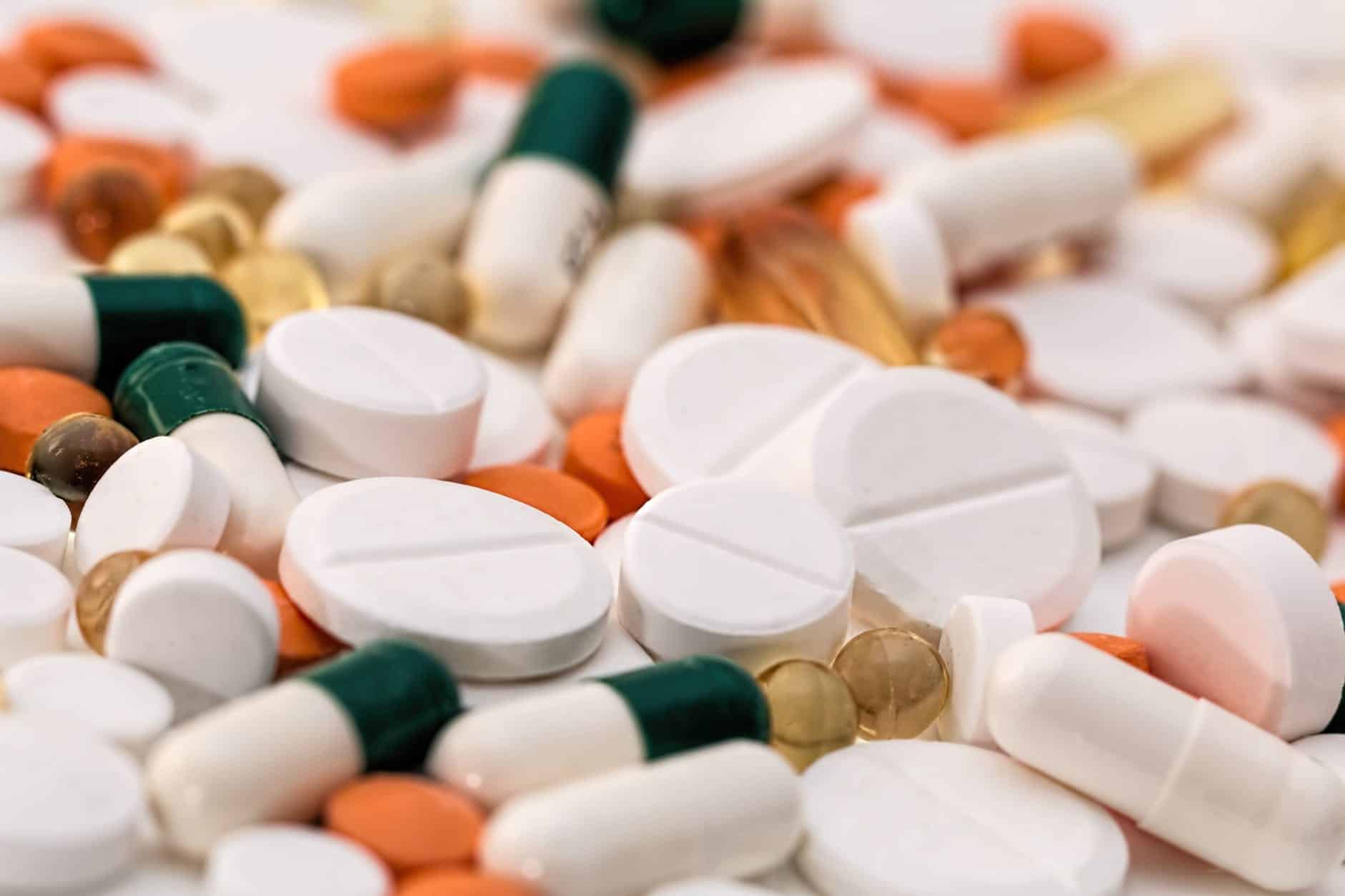Hamilton has one of highest opioid-related death rates in Ontario: Report
Published October 19, 2021 at 7:32 am

A new report shows that Hamilton’s opioid crisis has deepened since the onslaught of the pandemic and the city remains one of the hardest-hit communities in the province.
The Board of Health on Monday (Oct. 18) received a report that provided an overview of Hamilton’s response to the crisis.
The report notes that opioid-related overdoses and deaths continue to climb at an alarming rate, thanks in large part to the disproportionate impact of COVID-19 on the city’s most vulnerable populations.
Michelle Baird, Director, Epidemiology, Wellness and Communicable Disease Control Division for Hamilton Public Health Services (PHS), met with the board to discuss the report.
She noted that the past three or four months have seen an increase in the number of overdoses and attributed this to the “unintentional consequences of COVID.”
The isolation brought on by the pandemic, as well as reduced access to services for those living with opioid use disorder, Baird noted, likely saw many increase their drug use.
Disruptions to the supply chain affected the availability and quality of drugs which in turn made drug supplies increasingly unstable and unpredictable, the report states.
This is all compounded by the fact that since the start of the pandemic, the Hamilton Drug Strategy (HDS) was paused to redirect resources to the global emergency, Baird said.
Harm-reduction resources, including Naloxone kits, have still been distributed to the community and Public Health Services continued to monitor and collect data, but community orgainzations and agencies were the boots on the ground, so to speak, in dealing with Hamilton’s opioid crisis since the onslaught of COVID-19.
Community agencies, however, have continually dealt with capacity and resource issues and the report notes that given the fact that opioid deaths and overdoses are on the rise, and the province is in the process of ‘reopening’, PHS will ‘re-initiate’ engagement with its community partners to move forward with the HDS again.
According to the report, in 2020, Hamilton’s opioid-related death rate was 29 per cent higher than the provincial rate — 21 compared to 16 per 100,000.
In addition, Hamilton had one of the highest opioid-related death rates in Southern Ontario, following Lambton Public Health, Niagara Region Public Health (32 per 100,000), Peterborough Public Health (30 per 100,000), and Brant County Health Unit (25 per 100,000), and is higher than other large urban centres in Ontario, such as Toronto Public Health (17 per 100,000), Ottawa Public Health (12 per 100,000), and Peel Public Health (10 per 100,000).
In 2020, the overall opioid-related emergency department visits rate in Hamilton was 116 per 100,000, which was 38 per cent higher than the provincial rate of 84 per 100,000.
Locally, from January to August 2021, 594 people have called 911 for a suspected opioid overdose — compared to 565 for all of 2020, which equates to approximately 17 per week, or two per day; up from 10 per week or 1 per day for the same period in 2020, the report notes.
The total paramedic incidents recorded for the month of August 2021 was 109, which is the highest monthly count recorded since 2017.
“While suspected opioid overdoses are occurring in all parts of the City, they are largely concentrated in the lower central areas in Wards 2 and 3,” the report said.
“In 2020, Ward 2 had the highest number of opioid-related incidents (43 per cent or 244 paramedic calls), followed by Ward 3 (25 per cent or 141 paramedic calls).”
insauga's Editorial Standards and Policies advertising





